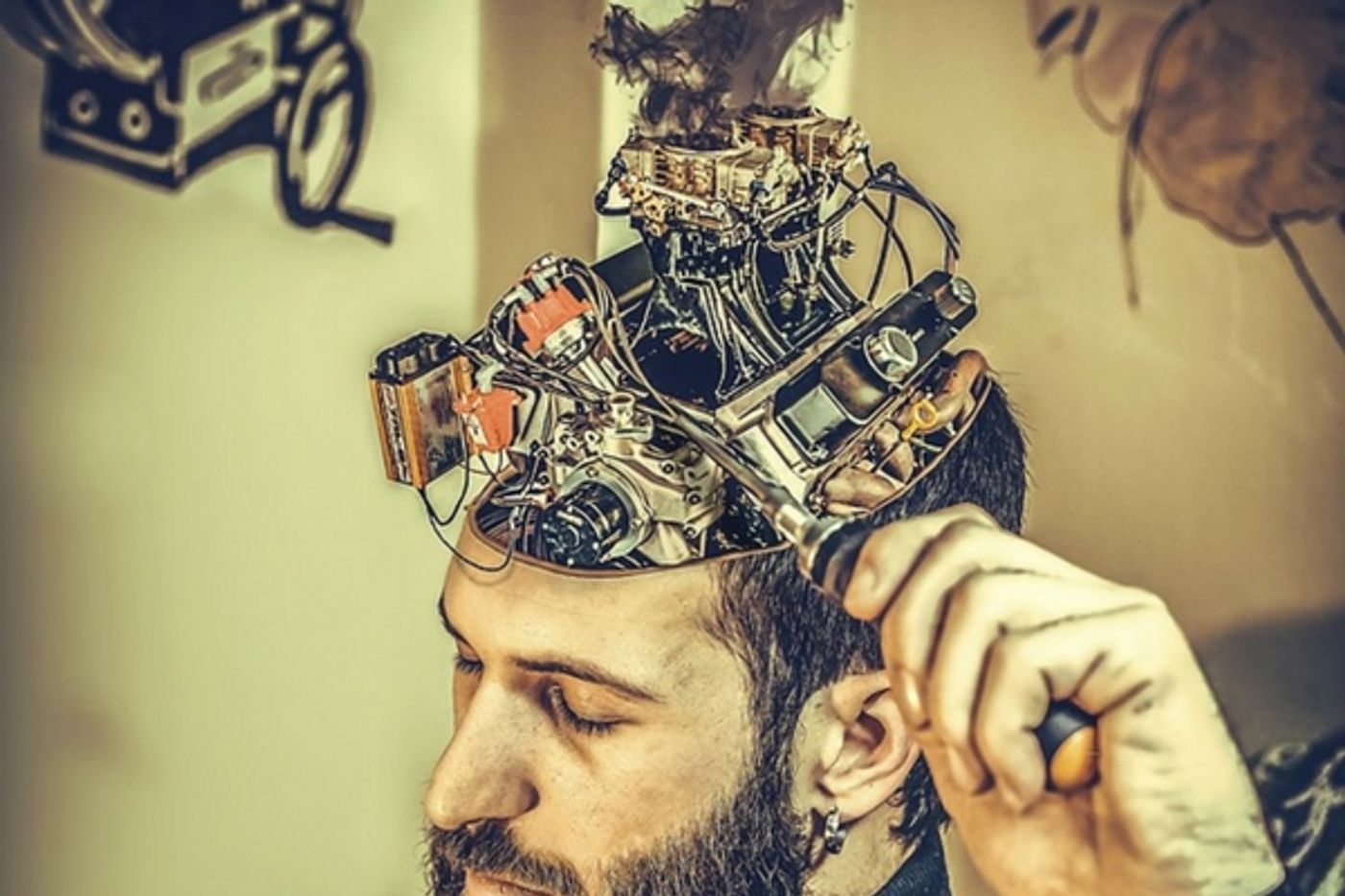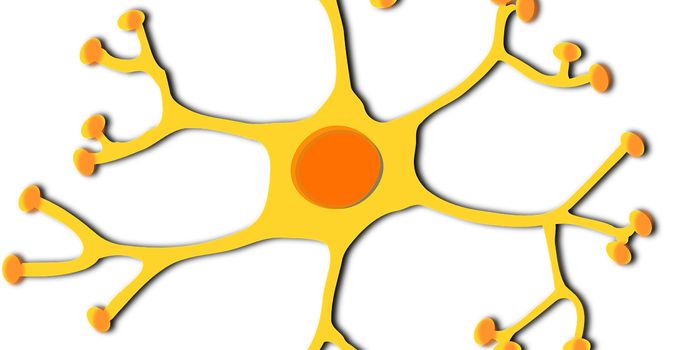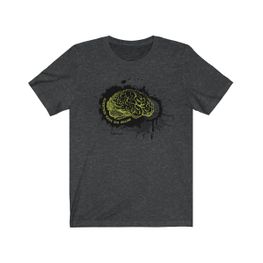Head injuries are always dangerous, even if they first appear to be minor. From just a small bump to a full on Traumatic Brain Injury (TBI) any injury to the head is a cause for concern. While the headlines are full of information on Chronic Traumatic Encephalopathy (CTE) a degenerative brain disorder caused by repeated blows to the head, there is much that neuroscientists still don’t know about what kind of damage the brain incurs from impact injuries. Brain tissue is delicate and much of the damage at the cellular level is difficult to assess.
Researchers at UC Santa Barbara have partnered with Owl Biomedical, a company that engineers cell sorting technology and equipment to investigate what happens in the brain tissue and neurons when a mechanical force, similar to what occurs in brain injuries, is applied directly to brain cells. The project is funded by the National Science Foundation and is also part of the federal Brain Research through Advancing Innovative Neurotechnologies (BRAIN) Initiative
Researcher Kimberly Turner explained how neuroscience, bioengineering, mechanical engineering and biophysics will all be involved in the study. "Mechanical forces have been shown to impact cells a lot.” She singled out stem cells in the brain as being particularly susceptible to damage since these cells use stimuli from their environment when differentiating into different types of cells and when recovering from injury or disease. It’s difficult to measure the impact on individual cells however, since researchers cannot just go around knocking people over the head.
Owl Biomedical has come up with a device they call μHammer ("microHammer") which is a tiny machine that taps and otherwise otherwise impacts neural progenitors, the building blocks of neurons and brain tissue. The hammer is the world’s smallest hammer in existence and the team hopes that it can provide information on the effects of impact and mechanical forces on certain brain cells, potentially leading to better treatments for TBIs.
Cells actually flow through the device which is able to apply different physical forces to specific cells. Since in science, every action will produce a reaction, the results of the impact the hammer causes on the cells can be measured and evaluated.
Another researcher on the UCSB team, Megan Valentine, stated, "This project will enable precision measurements of the physical, chemical and biological changes that occur when cells are subjected to mechanical loading, ranging from small perturbations to high-force, high-speed impacts. Our technology will provide significantly higher forces and faster impact cycles than have previously been possible, and by building these tools onto microfluidic devices, we can leverage a host of other on-chip diagnostics and imaging tools, and can collect the cells after testing for longer-term studies."
For now, the team is characterizing exactly what kinds of force the μHammer is able to apply and recording the size and impact of those forces. Once the details of what the hammer is capable of are worked out, the work of bashing away at neurons can begin. The measurements and results of forces exerted on brain cells will not only help with understanding TBI, researchers investigating brain disorders like Alzheimer’s and Parkinson’s may benefit from the findings as well. Valentine explained, "Our studies could transform our understanding of how cells process and respond to force-based signals," she said. "These signals are essential in development and wound healing in healthy tissues, and are misregulated in diseases such as cancer." Check out the video included here to see how this tiny instrument could bring big results for brain research.
 Sources: University of California Santa Barbara, Phys.org, Digital Trends
-
MAY 07, 2024Is It Anti-RNP or Anti-Sm/RNP?
- See More
-
APR 30, 2024Immuno-Oncology Virtual Event Series 2024
-
MAY 07, 20243rd International Biosecurity Virtual Symposium
-
JUN 06, 2024The Future of Scientific Conferencing
- See More


















































